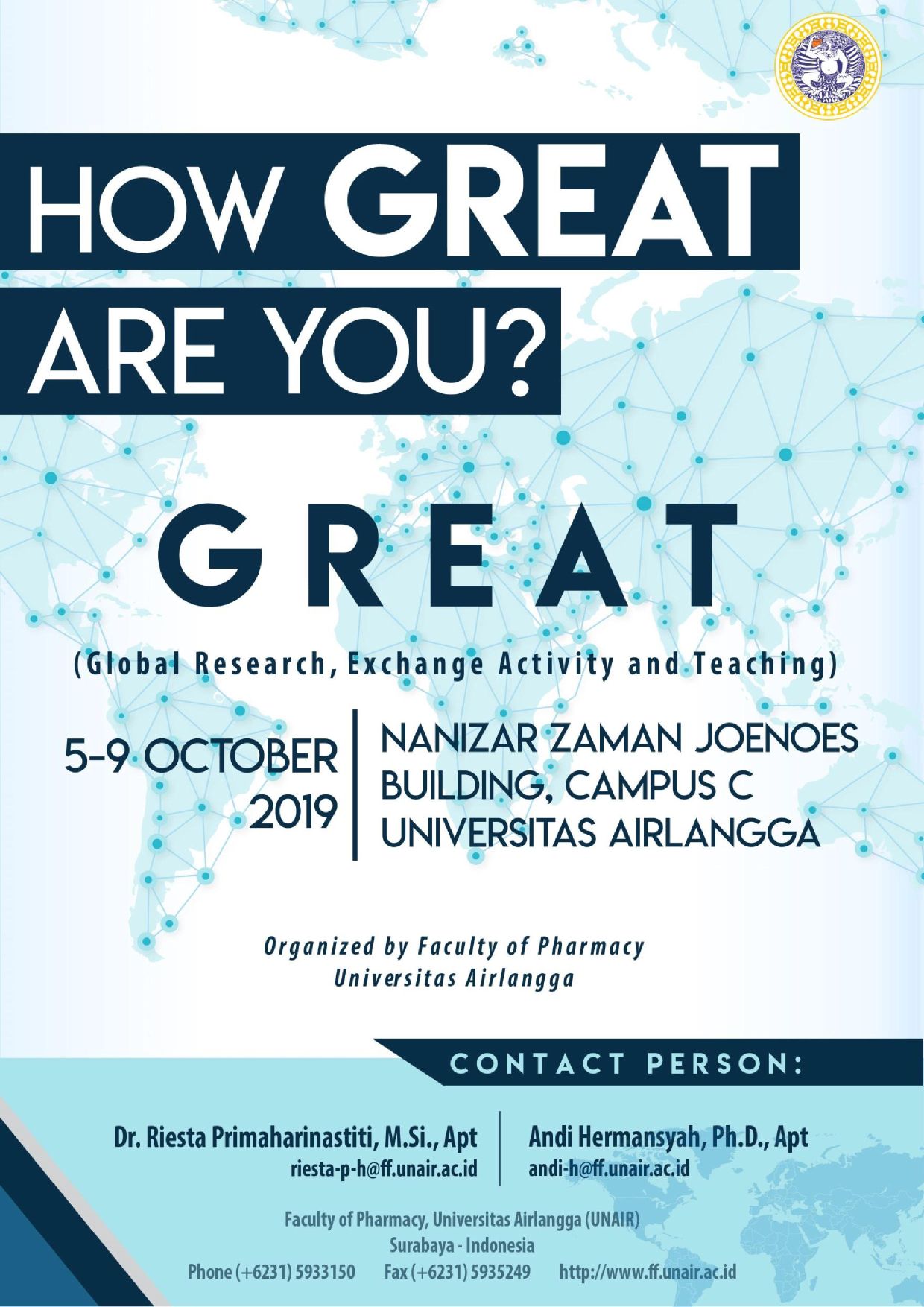Cancer is the second largest cause of death after heart disease. According to data from World Health Organization (WHO) 2014, breast cancer is the most common type suffered by women. Breast cancer categorized as a multifactorial disease as a result of interactions between genetic factors and environmental factors.
Knowing this problem, researchers try to find new and more efficient anticancer drugs. Including by making modifications to compounds as anticancer. Non-steroidal anti-inflammatory drugs (NSAIDs) also inhibiting the cyclooxy-genase-2 (COX-2) enzyme found in various cancerous tissues. Such as aspirin and ibuprofen.
By bringing up more specific compounds, Department of Pharmaceutical Chemistry, Faculty of Pharmacy (FF) of Universitas Airlangga made modifications of the drug structure, which has been shown to have anticancer activity with low toxicity. This research was led by Prof. Dr. Tutuk Budiati, M.S., Apt., Prof. Dr. Suko Hardjono, M.S., Apt. and Melanny Ika Sulistyowati S. Farm., M.Sc., Apt.
“Thus, COX-2 is an enzyme in cancer tissue that can increase the proliferation of cancer cells and inhibit apoptosis or cancer cell death. Making anticancer drug candidate compounds is intended to damage COX-2 to inhibit the spread of cancer, “said Prof. Tutuk as the lead researcher.

In the research, Prof. Tutuk and the team chose derivatives from Quinazolin as a compound because it has anticancer activity. Several groups were added in these compounds, and then the derivative of the compound will be synthesized to produce pure compounds. After that, the compound will be docked or adjusted.
“Molecular docking process carried out through programs with computational systems. After getting the right receptor to describe COX-2 enzyme. Receptor composition can be obtained in Protein Data Bank (GDP). Each of the compounds has bond energy with receptors of different values. This bond energy is called the Re-rank Score (RS). The smaller the value of RS, means the bond with the receptor is getting more stable, so the activity is predicted to be even higher, “added Prof. Suko.
The results of this study are phenylkuinazoline derivative compound. However, this research just begin and now at the stage of testing in silico (theoretical prediction), molecular docking, and synthesis of pure compounds only. They have not moved to the next stage, such as in vitro testing, which is testing using cancer cells. (*)
Author: Nabila Amelia
Editor: Nuri Hermawan
Source: UNAIR NEWS
link related to the source article:








